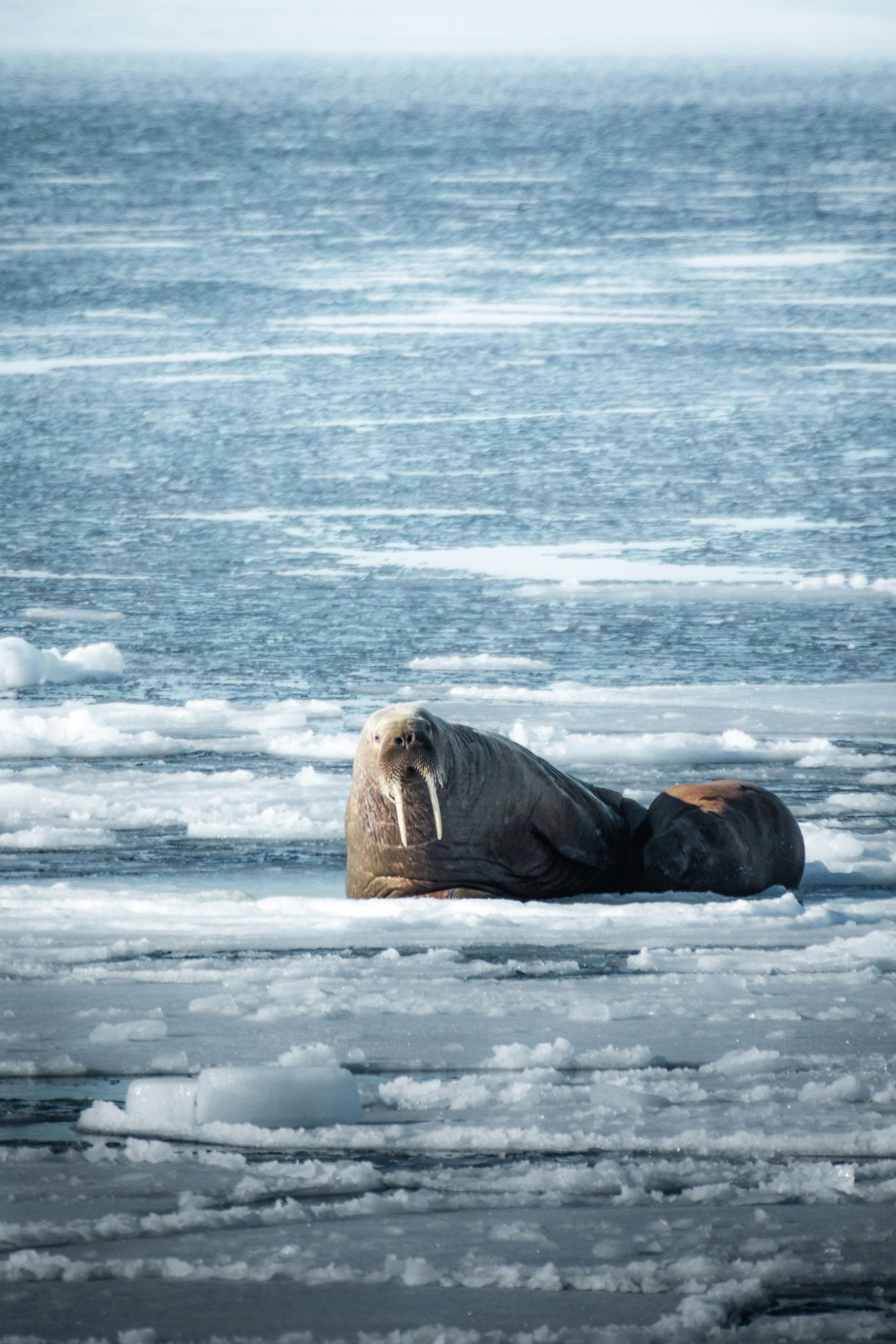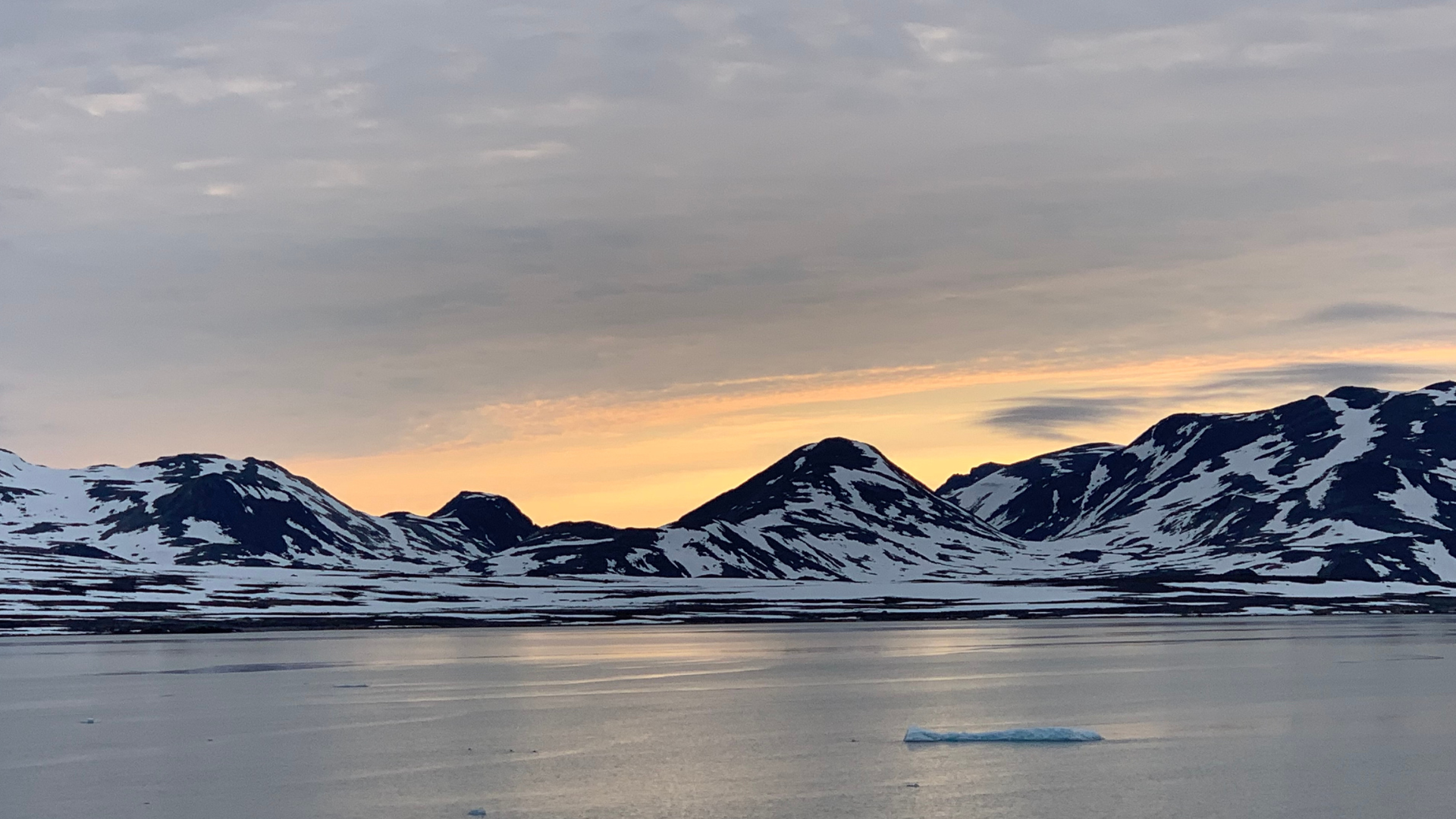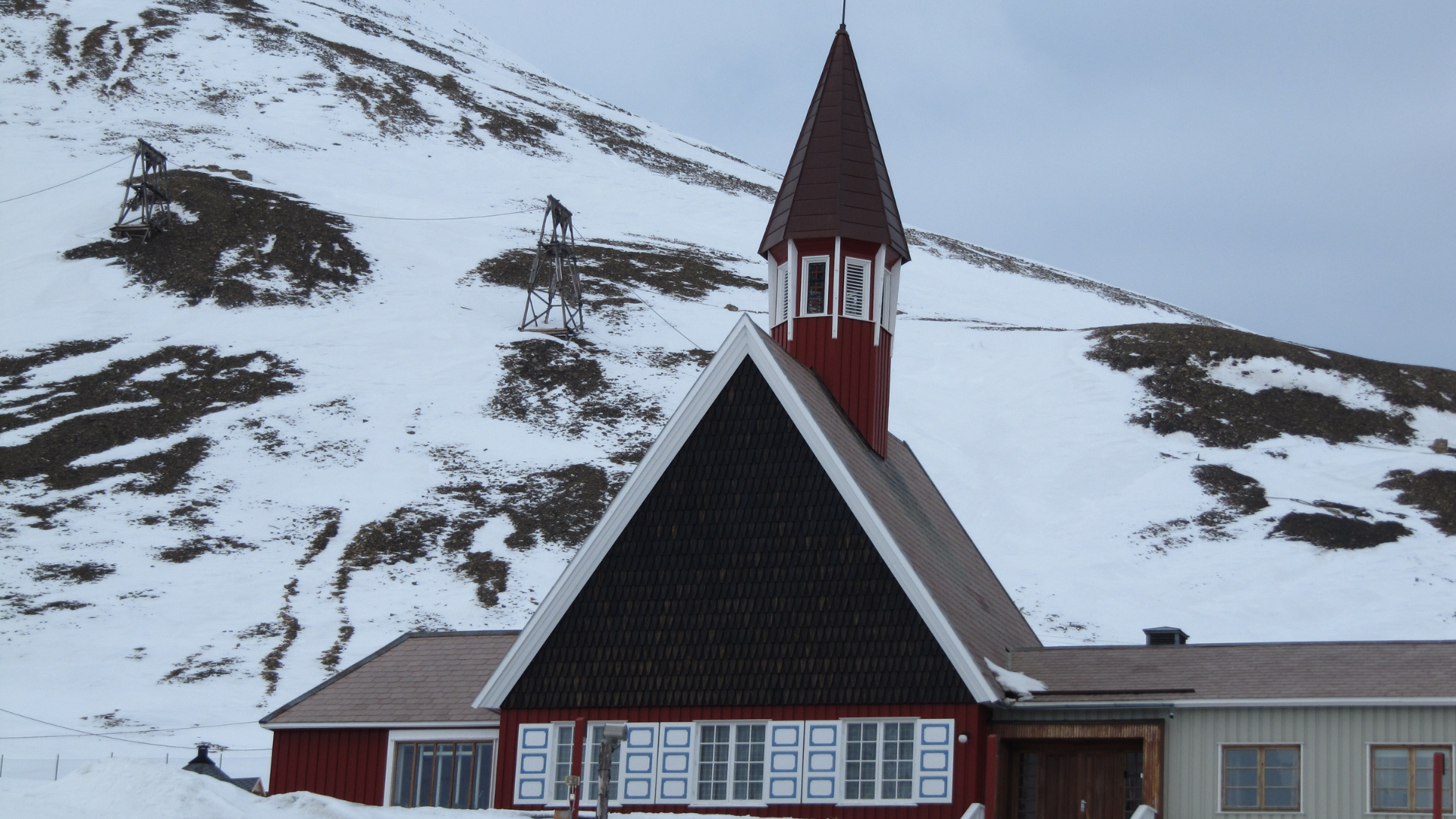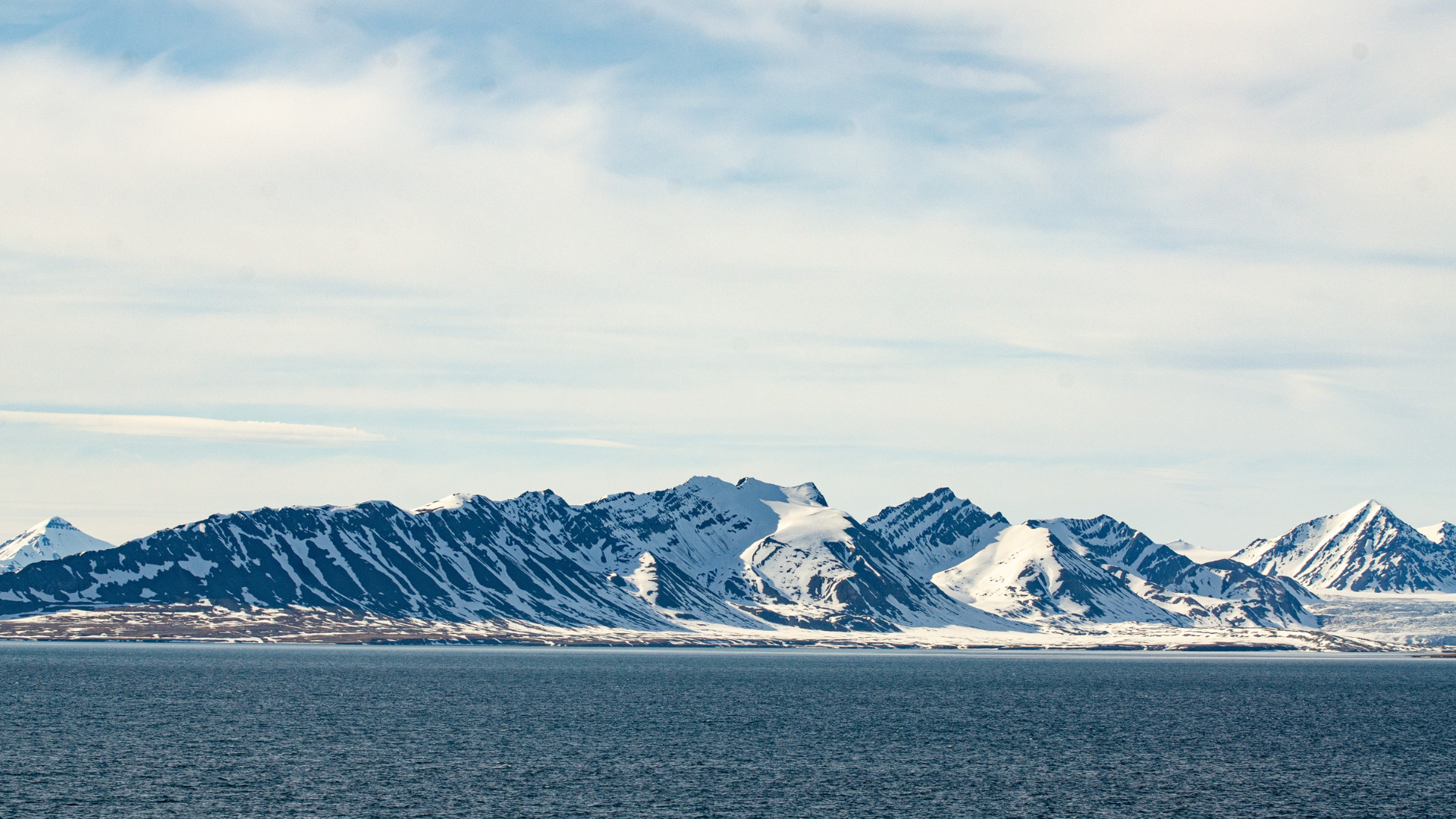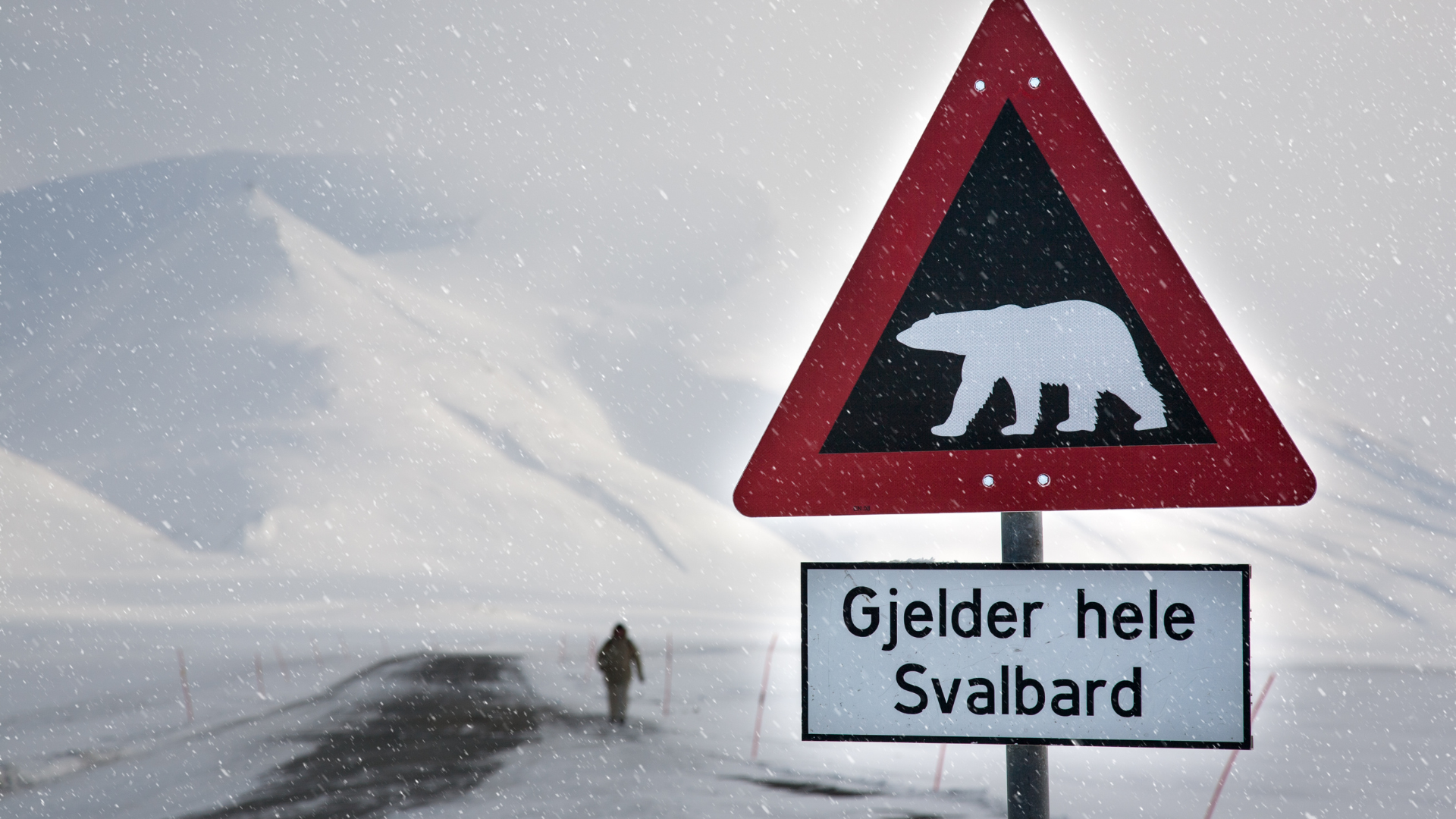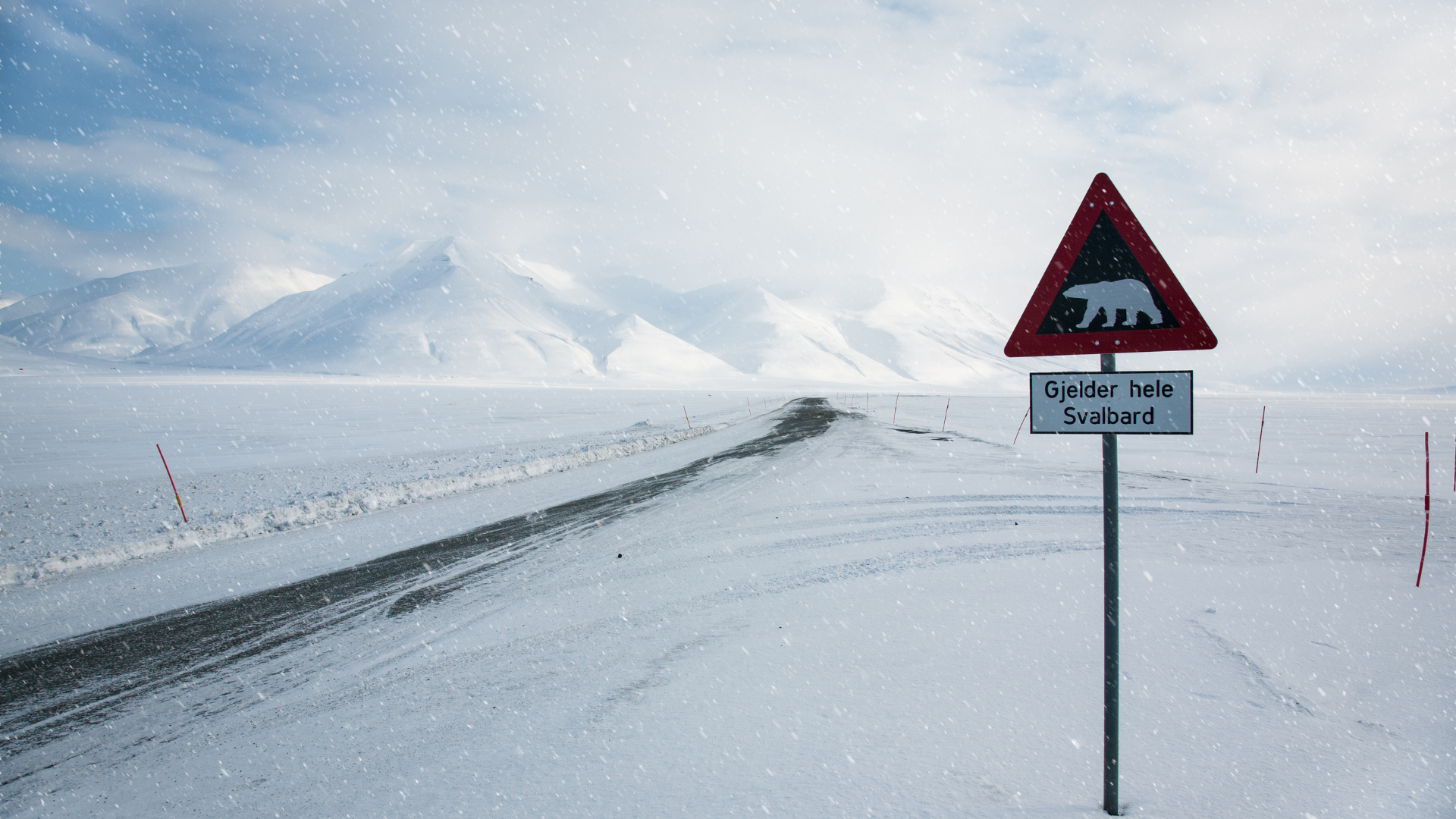Preserving Biodiversity: The Global Seed Vault
Nestled deep within the permafrost of the Arctic Circle, on the remote Norwegian island of Spitsbergen, lies a structure of immense importance to the future of agriculture and biodiversity: the Global Seed Vault. Also known as the "Doomsday Vault," this facility serves as a fail-safe repository for the world's crop diversity, safeguarding seeds from all corners of the globe against potential catastrophes and ensuring food security for future generations.
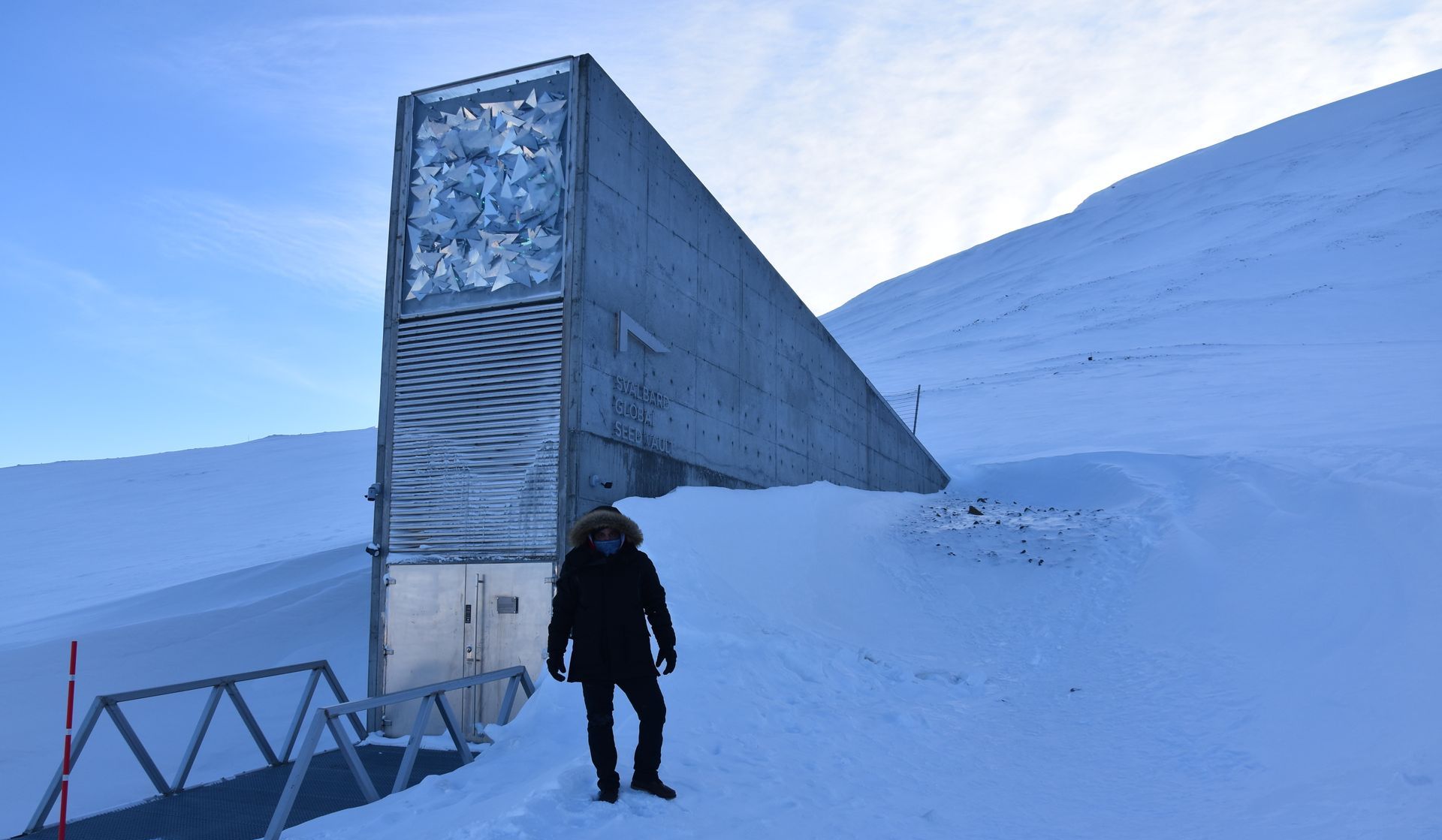
Origins and Purpose
The concept of a global seed vault was first proposed by Cary Fowler, an American agriculturalist, in the early 2000s. Recognizing the vulnerability of existing seed banks to natural disasters, war, and other threats, Fowler championed the idea of a secure, long-term storage facility capable of withstanding various environmental hazards. In 2008, the Svalbard Global Seed Vault officially opened its doors, marking a significant milestone in the conservation of agricultural biodiversity.
Architecture and Design
Located deep within a mountain on the Norwegian archipelago of Svalbard, the seed vault is designed to withstand a wide range of potential disasters, including nuclear war, earthquakes, and rising sea levels. Its location in the permafrost ensures a stable and consistently cold environment ideal for long-term seed storage. The vault's entrance is marked by a striking triangular sculpture, illuminated by the Arctic sun, symbolizing the importance of preserving biodiversity for future generations.
Operation and Security
Managed by the Norwegian government, in collaboration with the Crop Trust and the Nordic Genetic Resource Center, the Global Seed Vault operates as a secure backup facility for national and regional seed banks around the world. Participating countries and organizations deposit duplicate samples of their seed collections, ensuring redundancy and diversity within the vault. Strict security measures, including multiple airlocks, motion sensors, and 24/7 surveillance, protect the seeds from theft, tampering, and natural disasters.
Collection and Conservation
The vault currently houses over one million seed samples, representing nearly every known crop species on Earth. These include staple food crops such as rice, wheat, and maize, as well as wild relatives and endangered species with potential agricultural value. Each seed sample is carefully cataloged and stored in sealed, airtight containers designed to preserve viability for centuries or even millennia. Regular monitoring and maintenance ensure optimal storage conditions and the long-term survival of the seed collection.
Global Impact
The Global Seed Vault plays a crucial role in preserving agricultural biodiversity and ensuring global food security in the face of climate change, disease outbreaks, and other threats. By safeguarding the genetic diversity of crops, the vault provides a valuable resource for plant breeders, researchers, and farmers seeking to develop resilient, high-yielding varieties adapted to changing environmental conditions. Moreover, the vault serves as a symbol of international cooperation and solidarity in the quest to safeguard humanity's agricultural heritage for future generations.
Challenges and Future Directions
Despite its importance, the Global Seed Vault faces several challenges, including funding constraints, technical issues, and geopolitical tensions. Ensuring equitable access to the seed collection, addressing gaps in representation, and enhancing public awareness and engagement are critical priorities for the future. Additionally, ongoing efforts to expand the vault's capacity, improve seed conservation techniques, and strengthen international collaborations will be essential for maximizing its impact and relevance in the years to come.
In conclusion, the Global Seed Vault stands as a testament to humanity's commitment to preserving the diversity of life on Earth and securing the future of agriculture in an uncertain world. As we confront the challenges of the 21st century, the importance of this remarkable facility cannot be overstated. It serves as a beacon of hope, reminding us of our collective responsibility to protect and nurture the seeds of life for generations to come.


